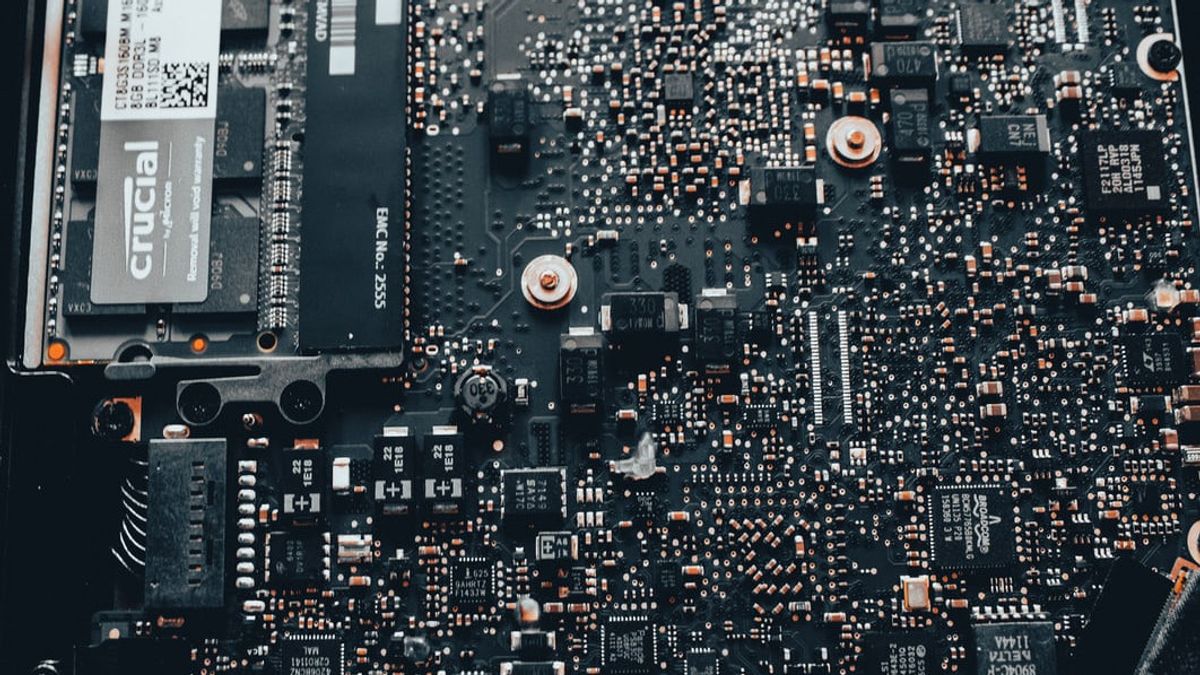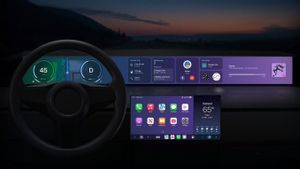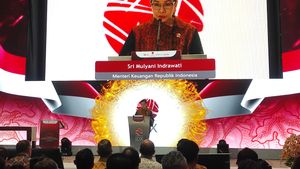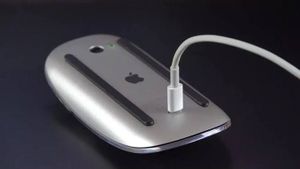JAKARTA - It was recently reported that Taiwan Semiconductor Manufacturing Company (TSMC) plans to start producing their new chipset by the end of 2025.
The new chipset will use 2nm (N2) process technology and the first batch is targeted for delivery in early 2026, it is claimed that Apple and Intel will be the first customers to adopt this chipset.
According to the TSMC report, the N2 technology relies on a transistor structure (GAA). In the last 20 years, TSMC's success has been largely conditioned by its ability to offer new manufacturing technologies.
Armed with power, performance and area improvements every year, while introducing new nodes every 18 to 24 months and maintaining high yields.
However, as the complexities of modern fabrication processes become highly advanced and complex, it is increasingly difficult to keep the pace of innovation as it was before. With the N2 chip, there will be a strategic shift in TSMC's node development strategy.
Launching Neowin, Wednesday, April 27, Apple has been TSMC's largest customer by revenue over the past decade. The company is involved in nearly all of Apple's chips including those used in iPhones, iPads, as well as the new M1-powered Macs.
Apple's latest phones currently use a 5nm chip. Apple's next-generation devices are expected to use TSMC's 3nm chip, including the iPhone 14, which will be announced later this year.
Although it is said that Apple will return to using TSMC's 2nm work, it means that the chipset will only be present in Apple devices after 2026.
On the other hand, Intel will adopt 2nm technology in GPUs and other SoCs. Analysts at China Renaissance Securities speculate that Intel may use the N2 for its next-generation client processor graphics tiles, codenamed Lunar Lake, as it tries to compete with industry giants Nvidia and AMD.
Meanwhile, for CPU tiles on Lunar Lake, Intel will use its own 18A node. You know, Intel, Samsung, and TSMC have been competing for years to shrink their chip nodes and increase transistor density, for faster and more efficient chips.
Hopefully, the N2 can offer a real advantage over its predecessor. However, TSMC doesn't say much in terms of power, performance, or area and transistor density.
The English, Chinese, Japanese, Arabic, and French versions are automatically generated by the AI. So there may still be inaccuracies in translating, please always see Indonesian as our main language. (system supported by DigitalSiber.id)













